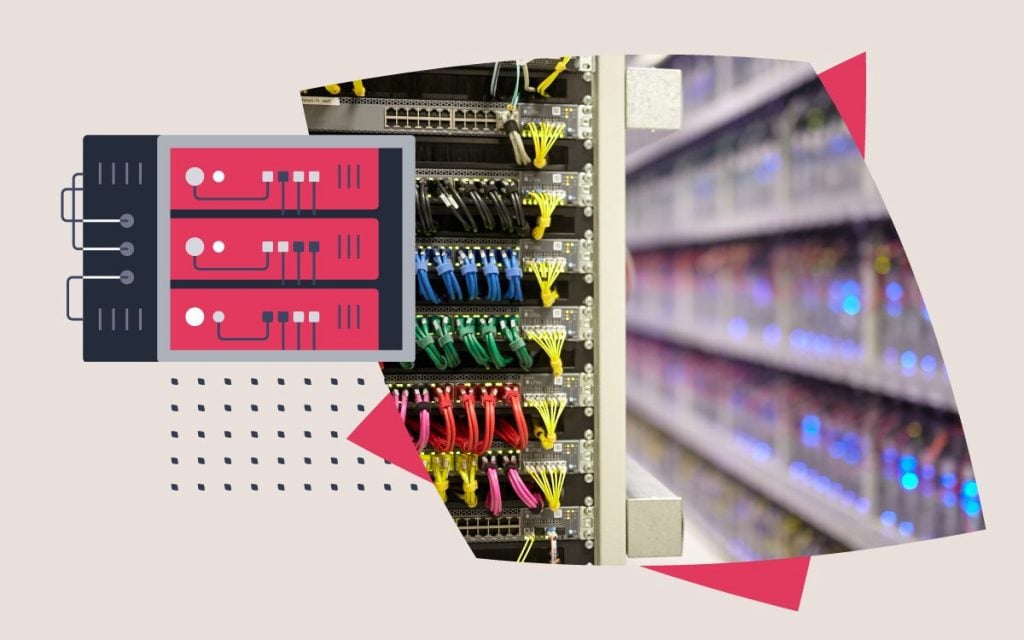As best practice, you should create users and configure their credentials and permissions as needed.
Logging in as the default user is not recommended; once you’ve added new users, you can remove the default user (see next section).
Steps
-
1
Connect to your instance using SSH – see steps.
-
2
Type in the following command to switch to the root user:
sudo su
-
3
Run the following command to add the user:
On Ubuntu or Debian:
adduser username
On CentOS or AlmaLinux:
adduser -m username
- Replace username with the desired username for your new user (exclude any spaces or special characters).
Note: The (-m) flag creates the user’s home directory, which is not required on Ubuntu and Debian.
-
4
Next, set the user’s password by running the following command:
passwd username
- Replace username with the user you created in the previous step.
-
5
You will be prompted to enter and confirm a password for the new user. Follow the instructions on the screen.
-
6
Give the user administrative privileges (optional):
This will allow the user to run commands as root using sudo.
On Ubuntu or Debian:
usermod -aG sudo username
On CentOS or AlmaLinux:
usermod -aG wheel username
You can now log into the instance console in the xneelo Cloud dashboard as this user.








